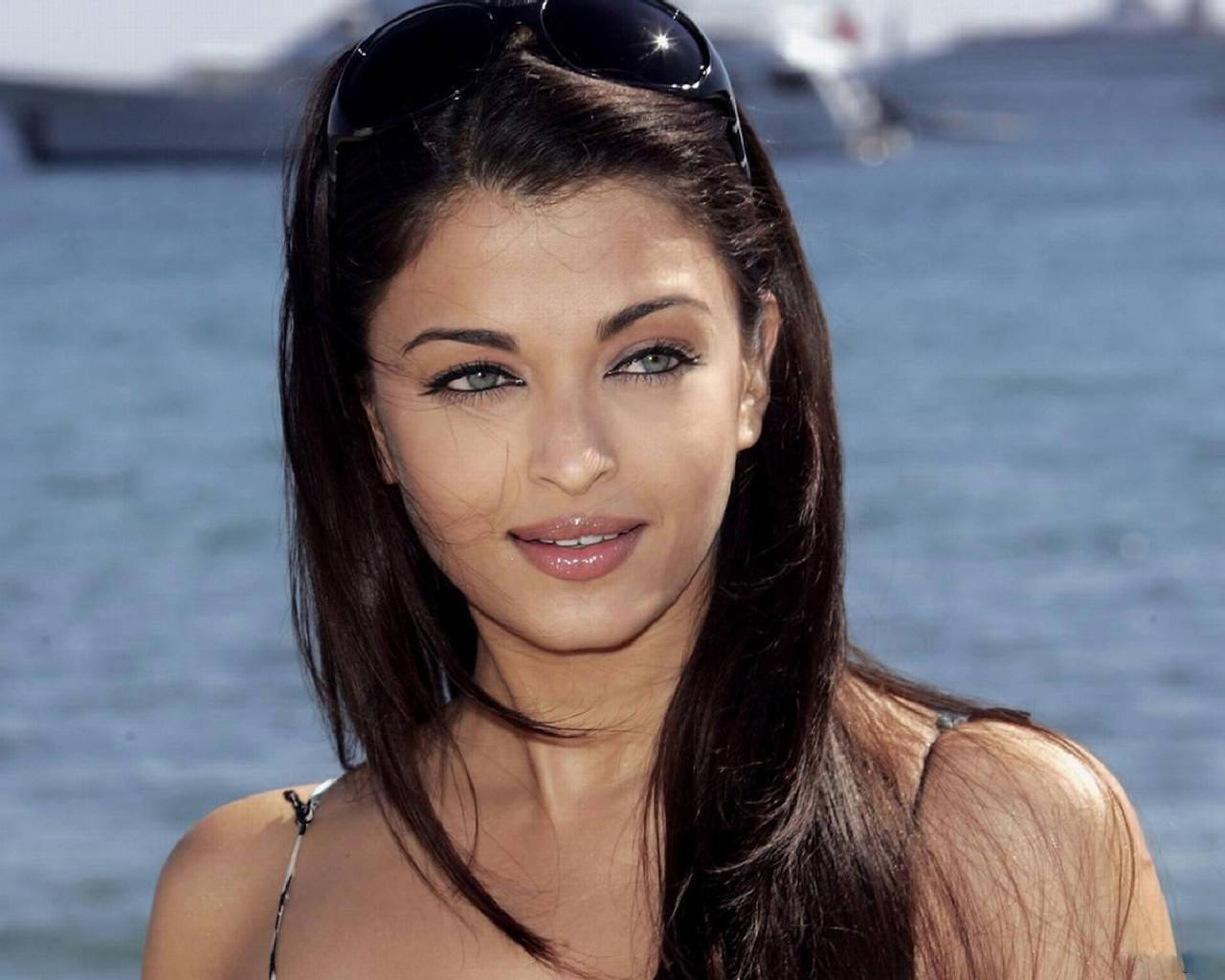Beauty has always been a topic of fascination and debate across cultures and generations. The question of who is the most beautiful woman in the world ever is subjective and varies from one person to another. In this article, we will explore various perspectives on beauty, highlighting historical figures, contemporary icons, and the impact of beauty standards across different cultures. By delving into this intriguing topic, we hope to provide a comprehensive overview that captures the essence of beauty in its many forms.
Throughout history, beauty has been celebrated in art, literature, and media, often reflecting societal values and ideals. From Cleopatra to Audrey Hepburn, many women have left an indelible mark on the world with their beauty and grace. In the modern era, beauty contests and social media have further intensified the discourse around beauty, leading to diverse opinions and standards.
Join us as we embark on a journey to uncover the stories of some of the most beautiful women in history, and explore how beauty is perceived in today's world. We will also discuss the implications of beauty standards on self-esteem and identity, making this a relevant topic in the context of Your Money or Your Life (YMYL) criteria.
Table of Contents
- Historical Beauties
- Modern Icons of Beauty
- Cultural Beauty Standards
- Impact of Social Media on Beauty Perception
- Biography of a Beauty Icon
- Conclusion
- Call to Action
Historical Beauties
Throughout history, many women have been celebrated for their beauty. Figures like Cleopatra, the last Pharaoh of Ancient Egypt, are often cited as epitomes of beauty. Her allure and intelligence captivated many, and she was known for her charm and wit.
Another historical figure, Helen of Troy, is famously said to have had a face that launched a thousand ships. Her beauty was legendary, and she remains a symbol of irresistible allure and desire.
Influence of Art on Beauty Standards
Art has played a significant role in shaping beauty standards over the centuries. Renowned painters like Botticelli and Leonardo da Vinci portrayed women in ways that defined beauty for their time. These artworks reflect the ideals of beauty in their respective eras, often emphasizing features such as symmetry and grace.
Modern Icons of Beauty
In the contemporary world, beauty icons like Audrey Hepburn and Marilyn Monroe continue to inspire generations. Audrey Hepburn, known for her elegance and humanitarian work, is often regarded as one of the most beautiful women in history. Her timeless style and grace have left a lasting legacy.
Marilyn Monroe, on the other hand, redefined beauty standards in the 1950s with her voluptuous figure and radiant smile. She became a cultural icon, representing femininity and sensuality.
Beauty in Diversity
Today's beauty standards are more inclusive than ever. Women of diverse ethnicities and backgrounds are celebrated for their unique beauty. Icons like Lupita Nyong'o and Priyanka Chopra have emerged as symbols of this shift, embracing their heritage and inspiring others.
Cultural Beauty Standards
Beauty standards vary significantly across cultures. In some societies, lighter skin is often preferred, while in others, darker skin is celebrated. Body types, hairstyles, and even age can influence perceptions of beauty.
For instance, in many African cultures, fuller figures are seen as a sign of wealth and fertility, while in Western cultures, a slim physique has historically been idealized. Understanding these cultural nuances helps us appreciate the diverse definitions of beauty worldwide.
Global Perspectives on Beauty
As globalization continues to shape our world, beauty standards are evolving. The rise of the internet has facilitated a cross-cultural exchange of beauty ideals, allowing individuals to challenge traditional norms and embrace their unique features.
Impact of Social Media on Beauty Perception
Social media has transformed the way beauty is perceived and defined. Platforms like Instagram and TikTok have given rise to influencers who showcase a wide range of beauty standards, often celebrating authenticity and individuality.
However, the pressure to conform to certain beauty ideals can also lead to negative consequences, such as body image issues and low self-esteem. It's crucial for individuals to cultivate a healthy self-image and appreciate their unique qualities.
Building a Positive Self-Image
Encouraging a positive self-image is vital in combating the negative effects of unrealistic beauty standards. Here are some tips to help promote self-acceptance:
- Surround yourself with positive influences.
- Practice self-care and self-love.
- Limit exposure to negative content on social media.
- Focus on inner beauty and personal achievements.
Biography of a Beauty Icon
One of the most celebrated beauty icons of our time is Aishwarya Rai Bachchan. Known for her stunning looks and acting prowess, she has made significant contributions to both Indian cinema and global beauty standards.
| Name | Aishwarya Rai Bachchan |
|---|---|
| Born | November 1, 1973 |
| Nationality | Indian |
| Occupation | Actress, Model |
| Awards | Miss World 1994, Filmfare Awards |
Aishwarya's beauty has been recognized globally, and she has represented India at various international platforms, further solidifying her status as a beauty icon.
Conclusion
In conclusion, the question of who is the most beautiful woman in the world ever remains subjective and multifaceted. Beauty transcends physical appearance and encompasses qualities such as intelligence, kindness, and confidence. By exploring historical and modern beauty icons, as well as cultural perspectives, we can appreciate the richness and diversity of beauty in our world.
Call to Action
We invite you to share your thoughts on beauty and who you believe deserves the title of the most beautiful woman in the world. Leave a comment below, and don't forget to share this article with your friends. Explore our site for more engaging content on beauty and self-acceptance!
Thank you for reading, and we hope to see you back for more insightful articles!




